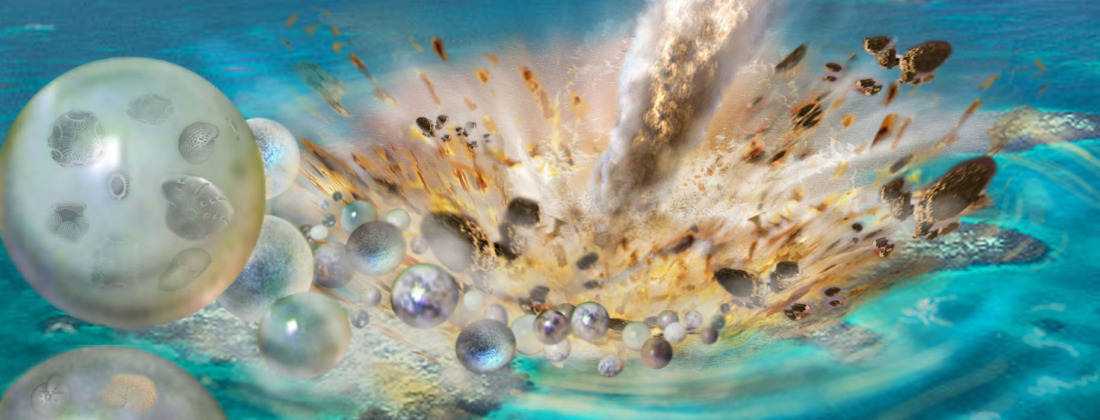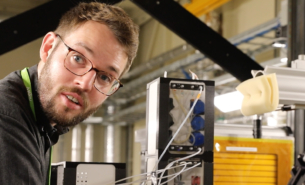Their days were numbered, all manner of Cretaceous life in kingdom plantae and animalia. Those that survived the impact winter became our modern groups of terrestrial and aquatic plants, animals, and marine plankton. Scientists want to understand how the Chicxulub asteroid that hit Earth 66 million years ago changed the conditions for life on the planet and veiled the sun for so many years, leading to the extinction of the dinosaurs. Secrets to this understanding are locked in the asteroid’s physical composition. An international research group has now produced a unique elemental map of the spherules formed by the asteroid impact, with data from MAX IV’s Balder and NanoMAX beamlines. The findings may better explain the aerosol cloud formation that catalysed extinction-level climate change.

The Chicxulub asteroid impact in the Gulf of Mexico, known as the Cretaceous–Paleogene (K–Pg) boundary event, marks the epoch demarcation, and the 5th mass extinction in the geological record. The asteroid carved a 200 kilometre-wide, kilometre-deep crater, globally dispersing a clay sediment layer abundant in platinum group elements (PGEs), namely iridium, osmium, and platinum. The ejected molten debris from the vaporized asteroid was preserved in the sediment as glass-like pearls called microspherules.
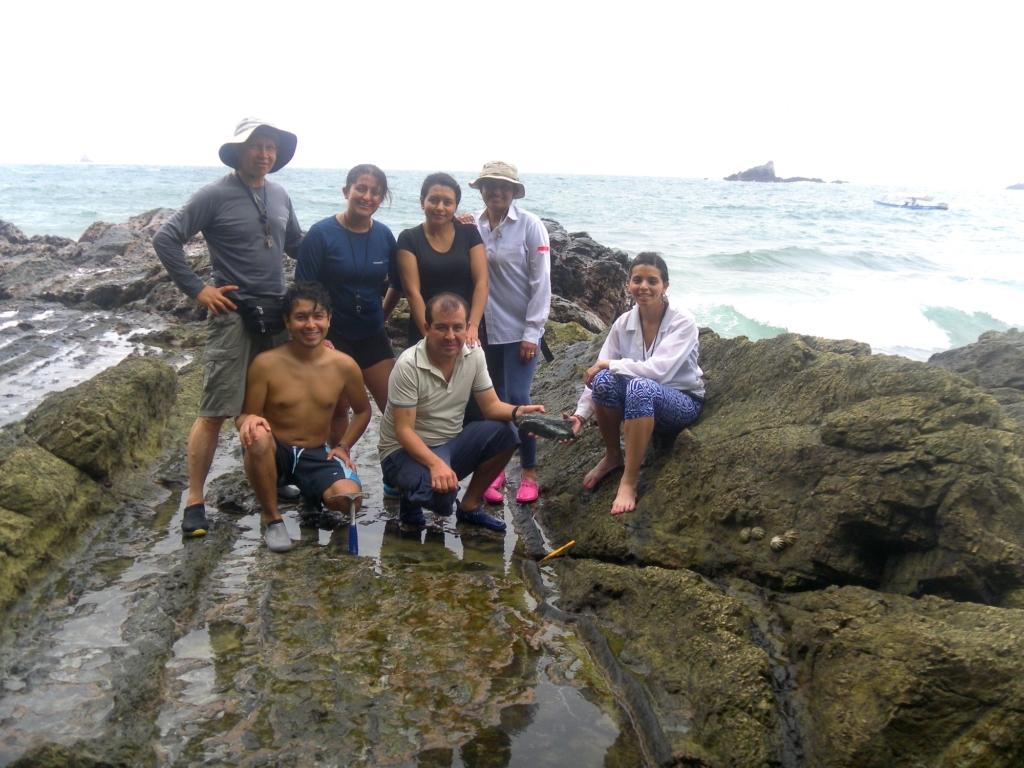
Major questions have remained about the spherule composition and chemical information, possible carrier elements of the iridium in the spherules, and processes that occurred during global distribution after impact. To address these open questions, scientists from Sweden, Colombia, the U.S.A., and United Kingdom investigated spherules from Gorgonilla Island off the west coast of Colombia.
“We were surprised to find such a major heterogeneity, with that I mean that the composition of one spherule from another, is very different, with silica and calcium dominating in some, while others are full of iron. However, the major surprise was finding the elements that we were searching for, the rare iridium,” said Vivi Vajda, Professor of Palaeontology and Head of the Paleobiology department at the Swedish Museum of Natural History. “With the super-high-resolution mapping at NanoMAX, we could see the iridium in the form of tiny shards, in shapes of needles and triangles.”
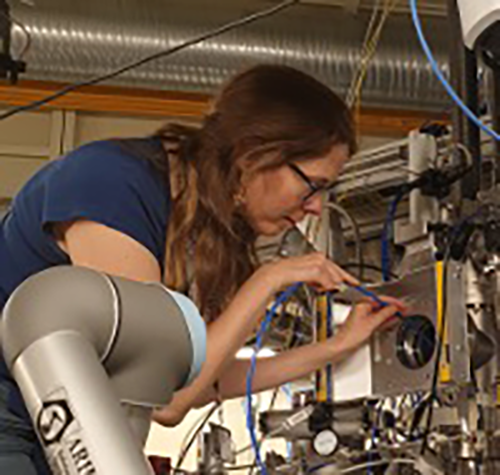
Structural data collected from the spherules included use of X-ray fluorescence (XRF) microscopy at NanoMAX beamline and X-ray absorption spectroscopy (XAS) and X-ray absorption near edge structure (XANES) at Balder beamline at MAX IV. Results revealed the presence of PGEs and identified metallic carrier elements such as cobalt, nickel, lead and others. “We have been able to resolve a major enigma showing that iridium most likely has been transported in a mineral with copper and zinc, possibly minerals new to science,” explained Vajda.
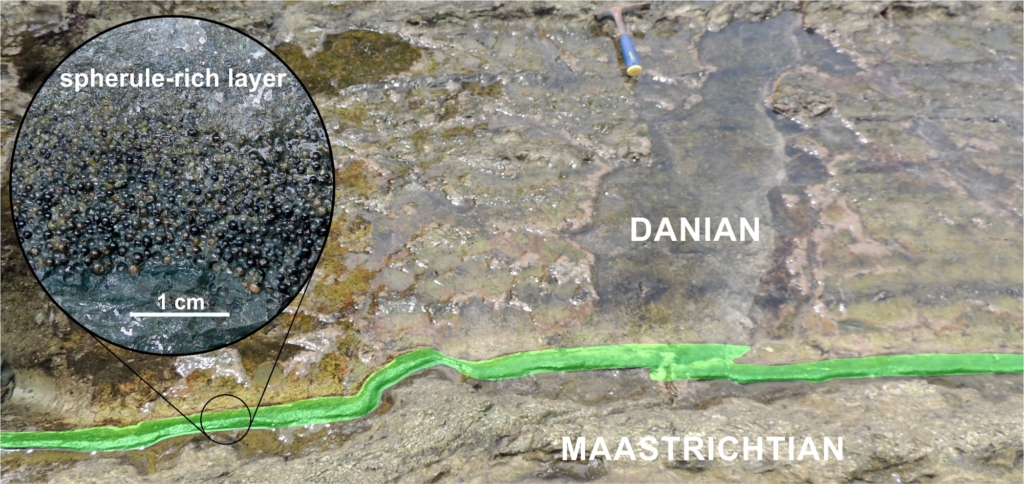
Nano-shards of inert metals such as platinum, iridium and copper, may have further functioned as nuclei for the aerosol cloud released from the asteroid impact, which in turn, contributed to the prolonged period of global darkness and climate change, according to the researchers.
Research shows that Earth is currently in the midst of a 6th mass extinction event. The circumstances now, however, are not due to a cataclysmic threat from space. What can the impact winter’s extinction-level climate change teach us about today’s path of climate conditions?
“The question concerning the biodiversity crisis is highly relevant. The problem with the present day’s mass extinction is that what we humans do to the life on Earth is like one asteroid impact after another,” explained Vajda. “We are bombarding life with different disasters such as deforestation, hunting and poisoning in a never-ending process – life cannot recover. But there is still time to rebuild the ecosystems.”
The research group is currently analysing glass pearls from different international sites, including Belize, Haiti, Colombia and Denmark at MAX IV’s Balder beamline.
